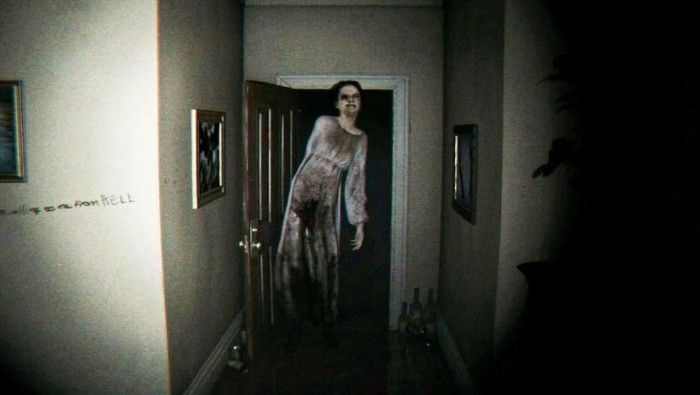Horror games will always have their fans’ heart. Not just because of fans’ love of thrill and suspense, but also the great settings, plot, and characters. Often we found that top notch story is what makes a horror game become one of the best, even scariest.
Horrors present a new challenge to players. Instead of learning new fighting skills to fight against enemies, horrors required the player to escape from them. Scary horror games are those which can nicely combine this concept with other important aspects like story, sounds, environment, etc. But are those enough? Here is what actually makes a horror game scary.
These Are What Actually Make A Horror Game Scary
1. Ambiguity
In horrors, unclear things will engage the player’s imagination. The player must wander through key areas with key points of information, but they should have a hunch that something just isn’t right.
2. Strong Sense Of Place
Within horrors, there is a wide array of places that the player will instantly understand as a dangerous and spooky. If there is a ‘safe place’ within the game, it’s will never be the case. Players have to cower in a corner and to contemplate the next horror. But if there is a place that the player must return to again and again, it is more terrifying when something about it changes.
3. Changes To The Environment
When something becomes routine within a horror game then it is not a horror anymore because the player knows what will happen. But if minor changes happen they can both excite the player’s curiosity and increase their fear. If the game is taking place within one building then items should slowly start to disappear, the music should change while progressing through the story, and if the character can receive messages they should eventfully become warnings that make very little sense.
4. Relationship With The Character
Most horror games use empathy as the emotion of choice so that the player feels for the hero, and will fear for the characters’ safety. But other kinds of emotional relationships can create more opportunities to unsettle the player. In the video game Haunting Grounds, the player is cast as a powerless young girl who can only run from the cultists who are chasing her. This makes the game more frightening as the player often experiences distress at the girl’s circumstances.
5. Reason To Fear
Fear must relate with something real. All emotions are personal. Fear should be made personal by linking it to something that is mundane.
6. Human Interaction
Bringing a human drama into a horror will deepen the player’s emotional attachment to the characters. However, simulating a human being within a game is a difficult problem. This can be overcome with simple actions. For example, in the game Ico the protagonist must hold a girl’s hand and guide her through the game. Without this contact the girl would be lost or taken by the monsters that are chasing her.
7. Anticipation
Horror games need a sense of anticipation. The player needs to know, at all times, that something horrible is waiting for them just around the corner. However, when the horrible thing actually happens, it releases all of the tension. When the player has finally seen what it is they must face or overcome, something becomes clear which not as much scary as in their own imagination.
8. Combat System
Combat in horror games should be simple. However, the player shouldn’t have full control over the situation, whether the enemy’s behavior is hard to predict or the character is weaker than the enemy. Actual combat is not as scary as the implied threat of combat. If the game does require the player to fight enemies, the combat should be ‘up close and personal’. Defeating an enemy by shooting them from across the level does not add any sense of fear because the character is not in any real danger. If ranged weapons are used, having limited ammo ensures that the player is constantly afraid that they will run out.
9. Sound
Sound in horror games allows the game to scare the player even before they see an enemy. It also creates atmosphere and in some cases a build up of tension. The music usually uses long dawn out notes or repeats of harsh sounds mixed with soothing ones. Some music that is not in horror games can nevertheless instill a sense of dread in a player.
Within some horror games, sounds correlate to certain events so that when the player hears them they will begin to get anxious because of the link they have made with the sound and the event. For example in Resident Evil 3: Nemesis, when the player hears the Nemesis theme played, they start getting nervous because they know that Nemesis is nearby. If a horror game did not include audio, then it would not be as immersive or scary.
10. Enemies
An enemy in a horror must either be unsettling, threatening or a combination of both in design. It is the unconscious thought of being haunted by something that will not show mercy and which is doing this for no peculiar reason other than its own nature. Another way to scare players in the enemy design is the use of innocence.
In horrors if the enemy has a sign of innocence it will disturb the player. Innocence is scary for a number of reasons. It shows the fear of a person’s own children performing horrible acts against others, becoming something hideous, and the fact that most people’s own moral conscience would stop them from killing something like a child.
And those are what actually make a horror game scary. Do you see them in the scariest games you’ve played?
